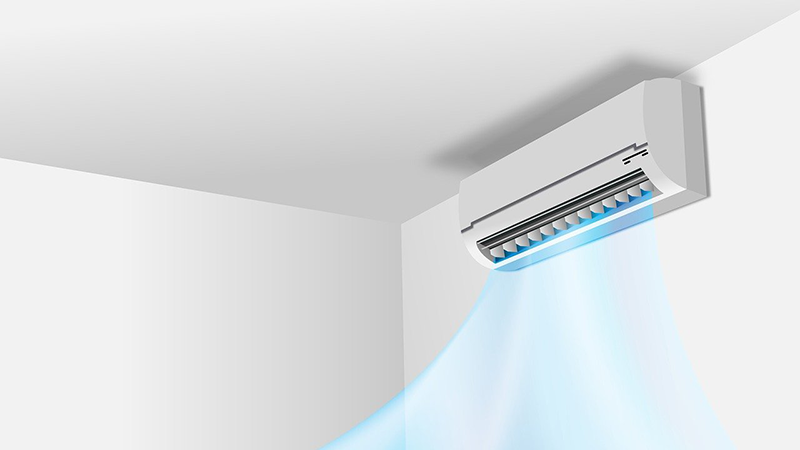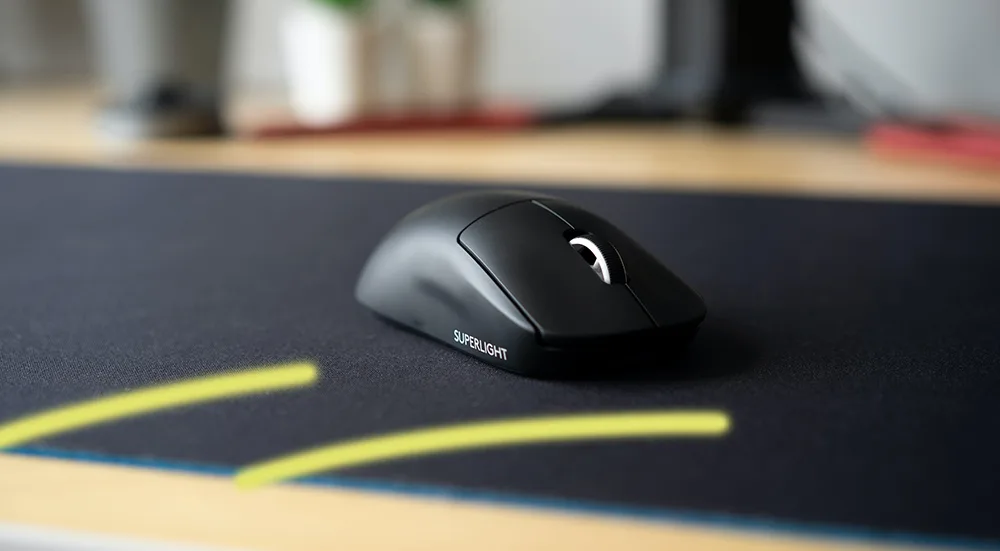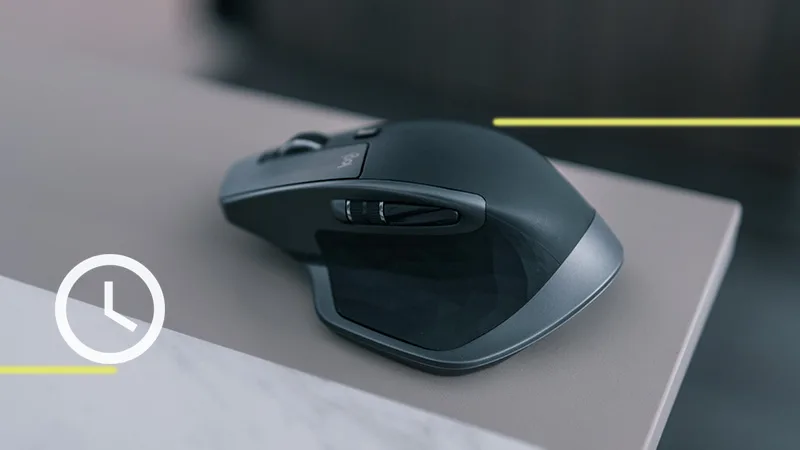Gamers always want to achieve the best possible gaming performance. High FPS is a crucial factor in this quest for the best performance. Polling rate, on the other hand, is not as well-known among gamers, but it can still affect gaming performance. In this article, we will take a closer look at the relationship between polling rate and FPS, and how they affect your gaming experience.
Polling rate refers to the frequency at which a device reports its position to the computer. In gaming, it is the frequency at which the mouse reports its position to the computer. The polling rate is measured in Hz (Hertz), and the most common polling rates for gaming mice are 125Hz, 500Hz, and 1000Hz. Read more about polling rates in detail.
Does the Polling Rate Matter on FPS Games?
In recent years, there has been a lot of debate about whether polling rate has an impact on FPS (frames per second) and overall gaming performance. But the truth is that the polling rate can affect gaming performance, but the impact is often overstated. The truth is that polling rate has a minimal impact on FPS if you have a powerful gaming PC. While gaming, you won’t notice any difference between different polling rates. However, there are some scenarios where a too-high polling rate can have a negative impact on your system performance.
How does the Polling Rate Affect FPS?
Absolutely, the polling rate of a mouse has a direct impact on FPS. The higher the polling rate, the more frequently the mouse reports its position to the computer. This high data transfer between the mouse and CPU makes your CPU work harder than normal, under those circumstances, your in-game frames drop.
However, the amount of frame drops totally depends upon the CPU itself. New generation high-end AMD and Intel CPUs will have an almost negligible effect on in-game FPS. While, in the older generation CPU model, a high polling rate eats more CPU usage, making frame drops more frequent and severe. Start testing your polling rate.
500 Hz vs 1000 Hz Benchmark Test:
So, I conducted a CPU performance test with a low and a high polling rate on AMD 3900x to check the facts. AMD 3900x is a 12-core, 24-thread CPU with a max speed of 4.6 GHz which is quite a powerful CPU as of 2023. To make the benchmark result as accurate as possible, I overclocked the 3900x to 4.38 GHz at all cores.
I tested both 500 Hz and 1000 Hz polling rates by swinging the Logitech G502 from left to right at a good pace. And here are the final results.

As you can see, in the case of the 1000 Hz polling rate, the CPU never came down to 0% once. While in 500 Hz, the CPU was showing 0% usage once every second. I didn’t see any changes in the CPU temperature, clock speed, and power usage.
From this test, we have learned that polling rate definitely affects CPU performance and thus the in-game frames (FPS) too.
Why 1000 Hz polling rate drops more FPS?
Generally, a 500 Hz mouse polling rate sends 500 reports in a second to the CPU. Likewise, a 1000 Hz polling rate sends 1000 Hz reports per second which is twice the size of a 500 Hz polling rate. Due to this, your CPU usage increases, and any CPU-intensive game like Valorant starts dropping frames. That’s why, I prefer a 500 Hz as the best polling rate for Valorant.
The FPS drop is even more painful if you go beyond the 1000 Hz polling rate or if you have a low-budget CPU or both. Switching to an optimal polling rate is a smart move here.
Polling Rate Performance FAQs
Does polling rate affect sensitivity?
No, mouse polling rate doesn’t effect sensitivity, mouse DPI does. However, polling rate is responsible for smooth movement, input lag, accuracy, mouse jitter and erratic movement. A super low polling like 125 Hz can have will cause a little lag every 8ms. While a high polling rate like 1000 will have only 1ms input latency and super smooth movements.
What Polling Rate Should You Use?
The polling rate you should use depends on your preferences and the type of games you play. Most gaming mice come with a default polling rate of 1000 Hz, which is sufficient for most gamers. However, use 500 Hz pooling rate for competitive FPS shooter games because the game rewards accuracy and movement tracking.
2000 Hz or even 4000 Hz is great for casual non-shooter games. 1000 Hz is a good choice for low-input lag and minor FPS drop.Does mouse polling rate affect CPU?
Yes, when your mouse has a higher polling rate, it sends more data to your computer. This extra data puts a strain on your CPU, which has to process it. The more frequently the mouse sends data, the more CPU cycles it uses. This can result in increased CPU usage, which can affect the performance of other programs running on your computer.
Research studies have shown that higher polling rates can increase CPU usage by up to 10%. However, the impact of polling rate on CPU usage varies depending on factors such as the type of CPU, the amount of RAM, and the type of game or program you are using.



